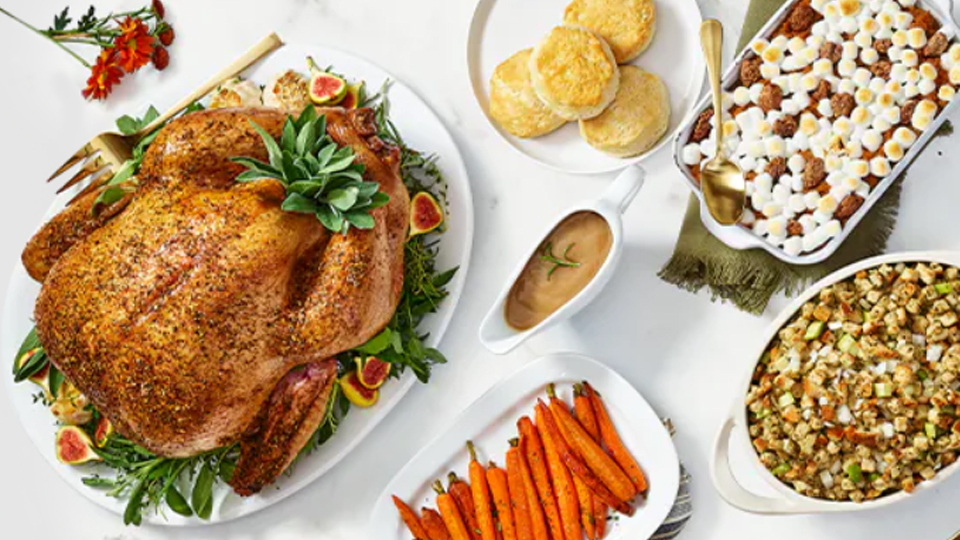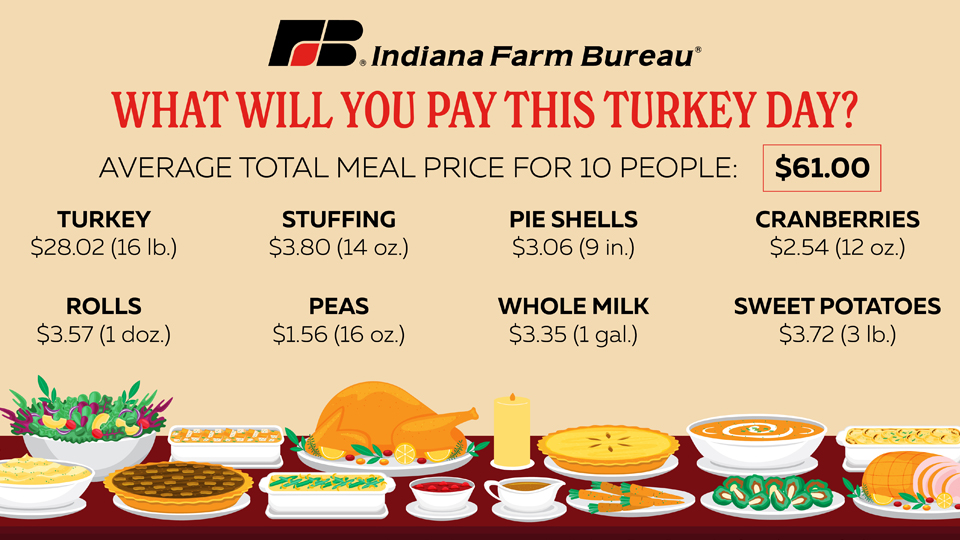Purdue prof: Turkey prices on the rise
Subscriber Benefit
As a subscriber you can listen to articles at work, in the car, or while you work out. Subscribe Now
Experts say consumers should expect higher turkey prices this Thanksgiving.
The higher grocery store prices, while not an altogether surprising trend given the rising cost of other meat and produce, are largely attributed to adverse impacts to the poultry supply chain resulting from several factors. Throughout the year, flocks across the country were ravaged by avian influenza. Fallout from global conflicts, such as the Russian invasion of the Ukraine, as well as inflation and increases in feed, energy, gas, labor and transportation prices have also contributed to this year’s increased prices.
In an interview with the Associated Press, Purdue University Professor and head of the Agricultural Economics Department Jayson Lusk said turkey prices this year have been 20% more expensive than in 2021. Despite this, Lusk, says that poultry, including turkey, remains an affordable protein option for upcoming holiday meals.
“There are several factors that are driving the rise in turkey prices,” said Lusk. “A big one that’s impacting turkey is avian influenza – bird flu. This is an animal disease that had hit in the spring that had devastated many flocks in Indiana and across the country.
According to Lusk’s calculations, he estimates about 5% of total national production was taken offline because of avian influenza.
“You remove birds from the market, that’s less available for you and I as consumers. You and I end up bargaining against each other for the smaller quantity of remaining supplies and that pulls up prices,” explains Lusk.
According to the U.S. Department of Agriculture, 414 flocks in 39 states have been affected by avian flu since February, costing producers more than 40 million birds. In Minnesota alone, the disease was so rampant that it struck down more than 80 flocks, requiring the killing of nearly 2.7 million birds.
In Indiana, the avian flu struck multiple turkey, duck and hobby flocks, including in Allen, Elkhart and Dubois counties.
Within the last few weeks, Lusk notes that the price increase has dropped to between 9 and 10%.
“It does appear at the moment that prices are starting to fall a bit,” said Lusk. “They’re also seems to be evidence that demand for turkey has fallen a bit over the last five years or so. Consumers don’t seem to be willing to pay as much as they did in the past. So that has a dampening pressure on turkey prices. The forecast at the moment also suggests, hopefully if we can get through this bird flu situation, we’ll have more turkeys in the future and that will also help bring down some price pressure.”
On Wednesday, the Indiana Farm Bureau released its annual Thanksgiving market basket survey, which shows Hoosiers can expect to spend an average of $61 for a Thanksgiving dinner for 10 people, an increase of 14% over last year. However, that price is still 5% lower than the national average.

Last Thanksgiving, shoppers were projected to spend about 12% more at the grocery store than in 2020, according to the survey.
Lusk forecasts the year ahead is likely to see more turkey production and “probably at a slightly lower price.”
“The good news, even though turkey prices are increasing, is its still a very affordable meat option if you compare it to other main protein sources,” said Lusk. “If you’re really just trying to buy the most pounds per dollar, turkey and chicken are probably some of your most affordable options to feed a large group of people.”
